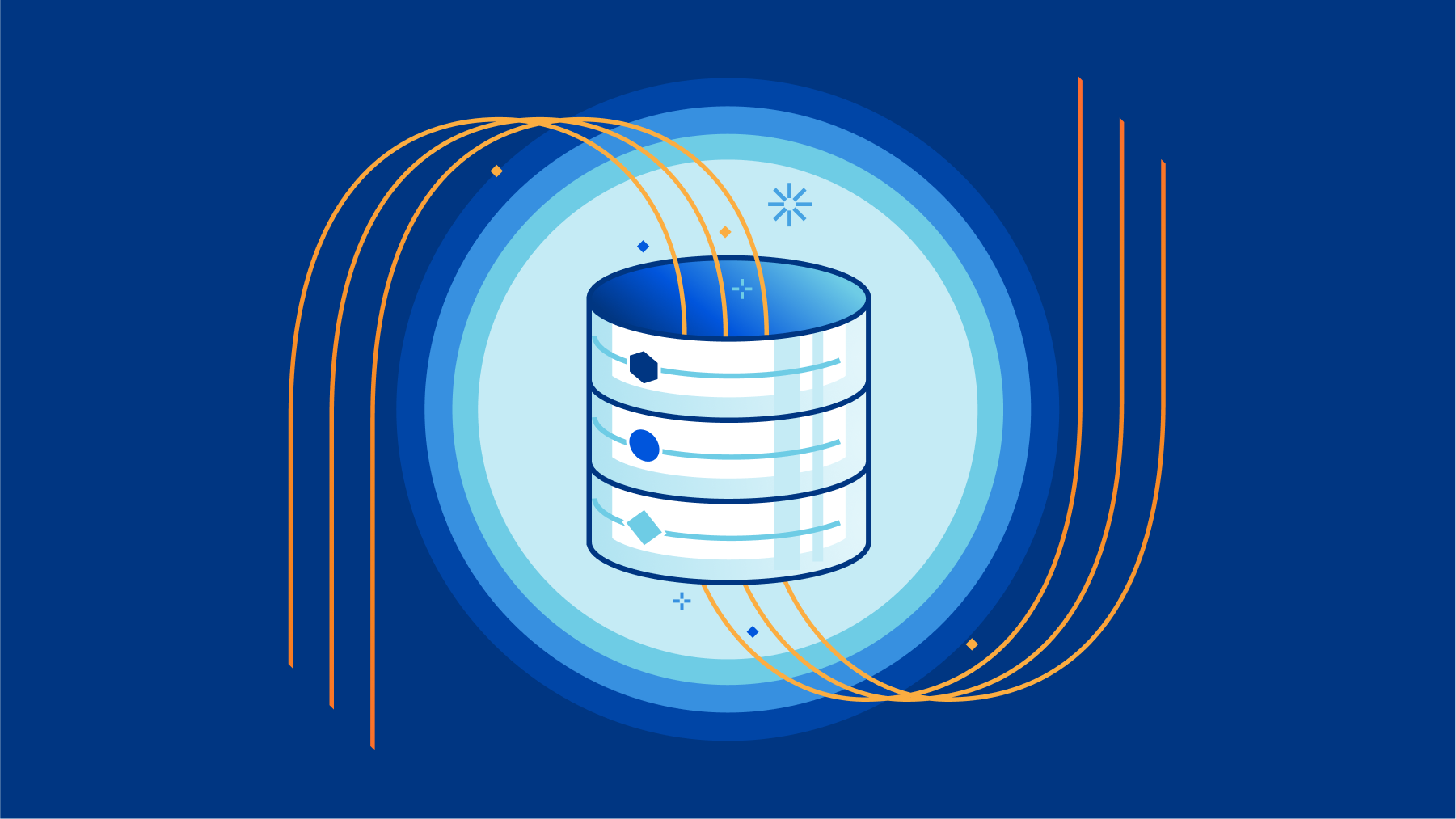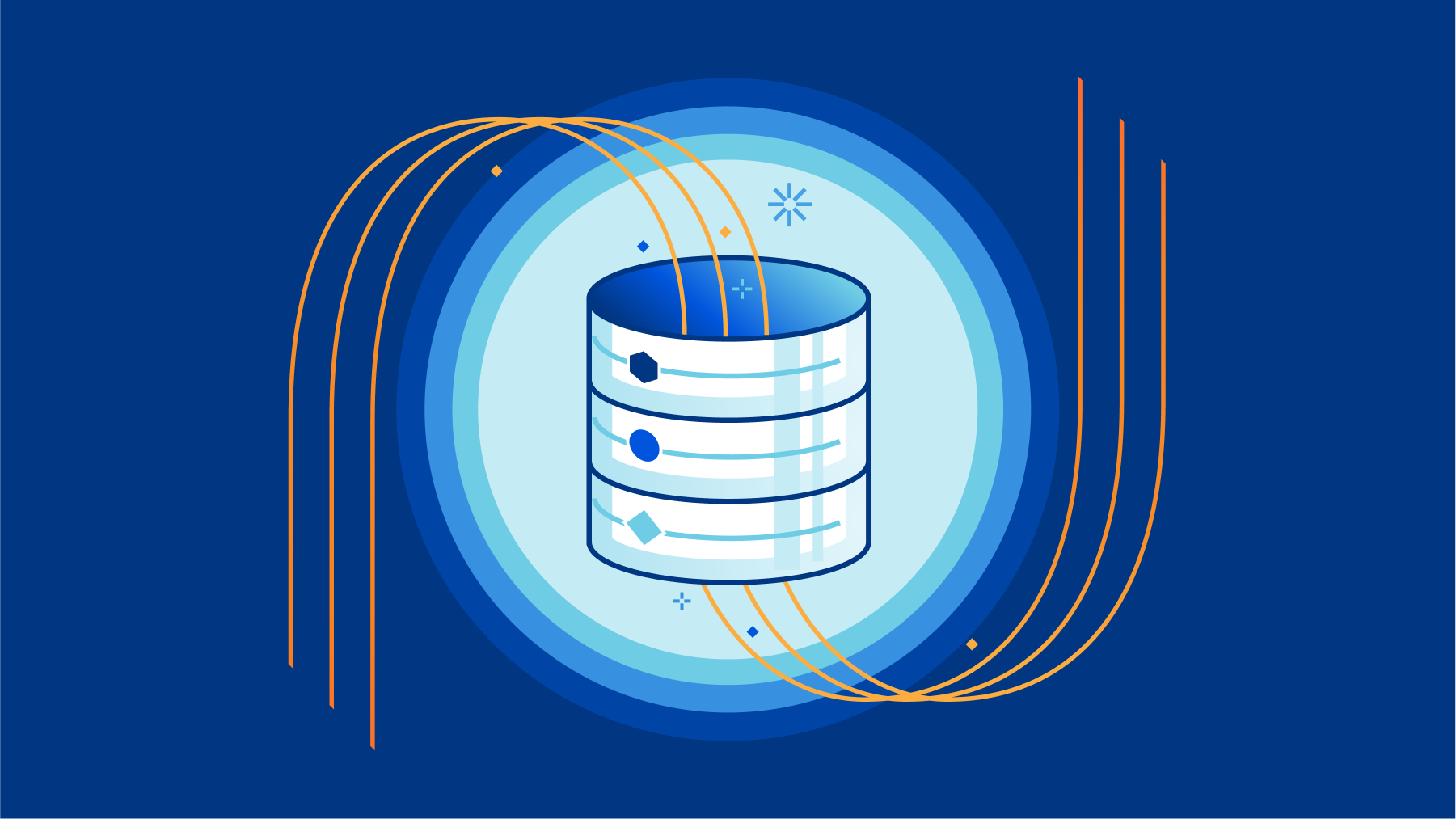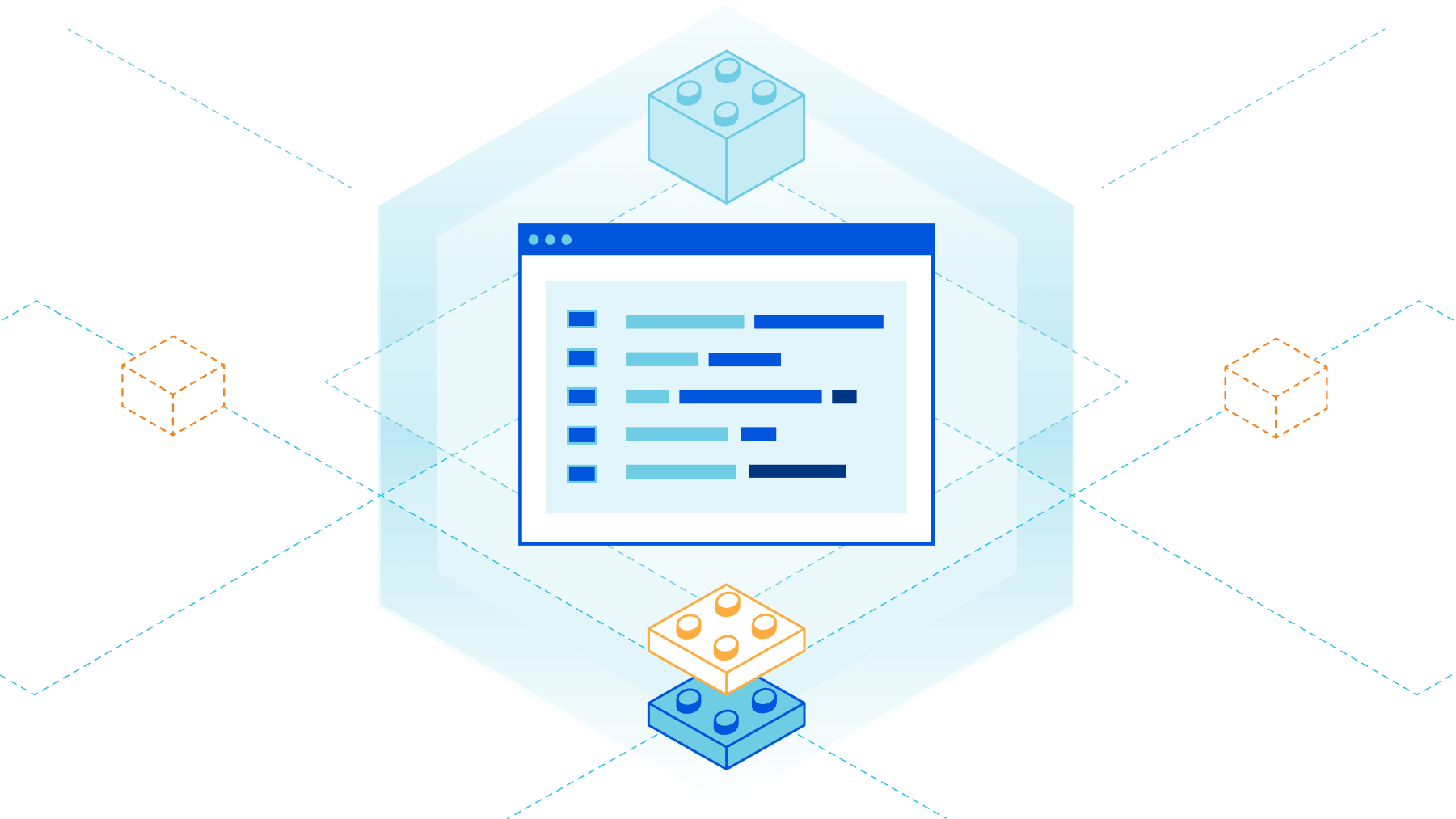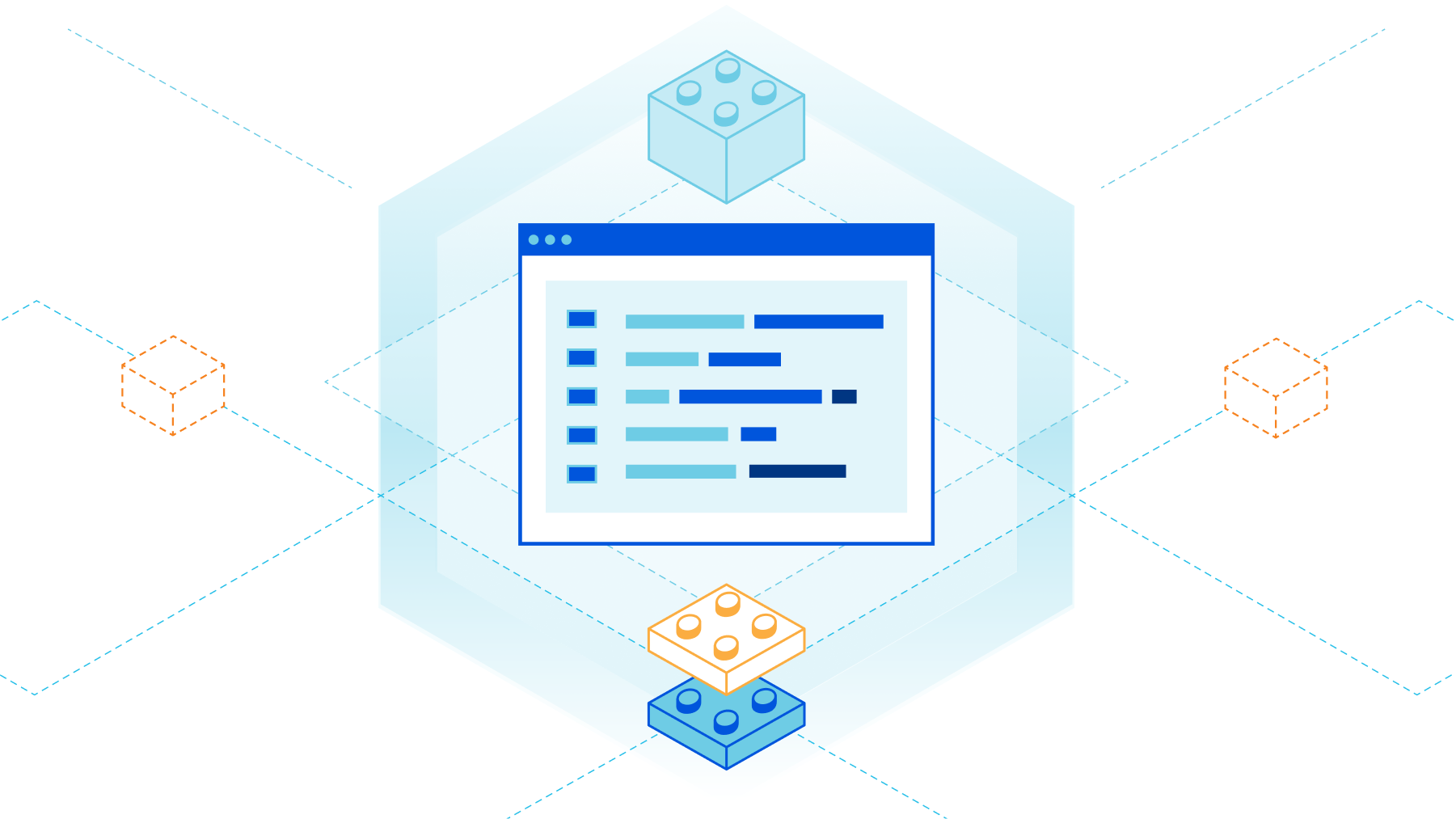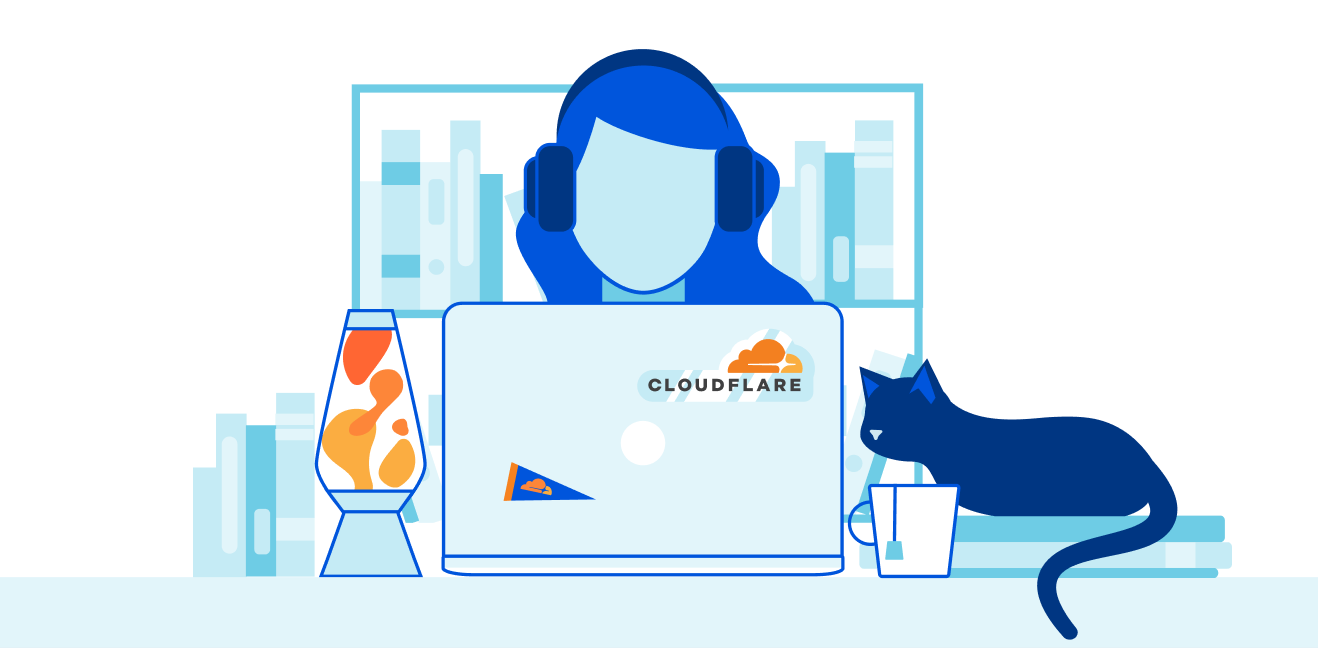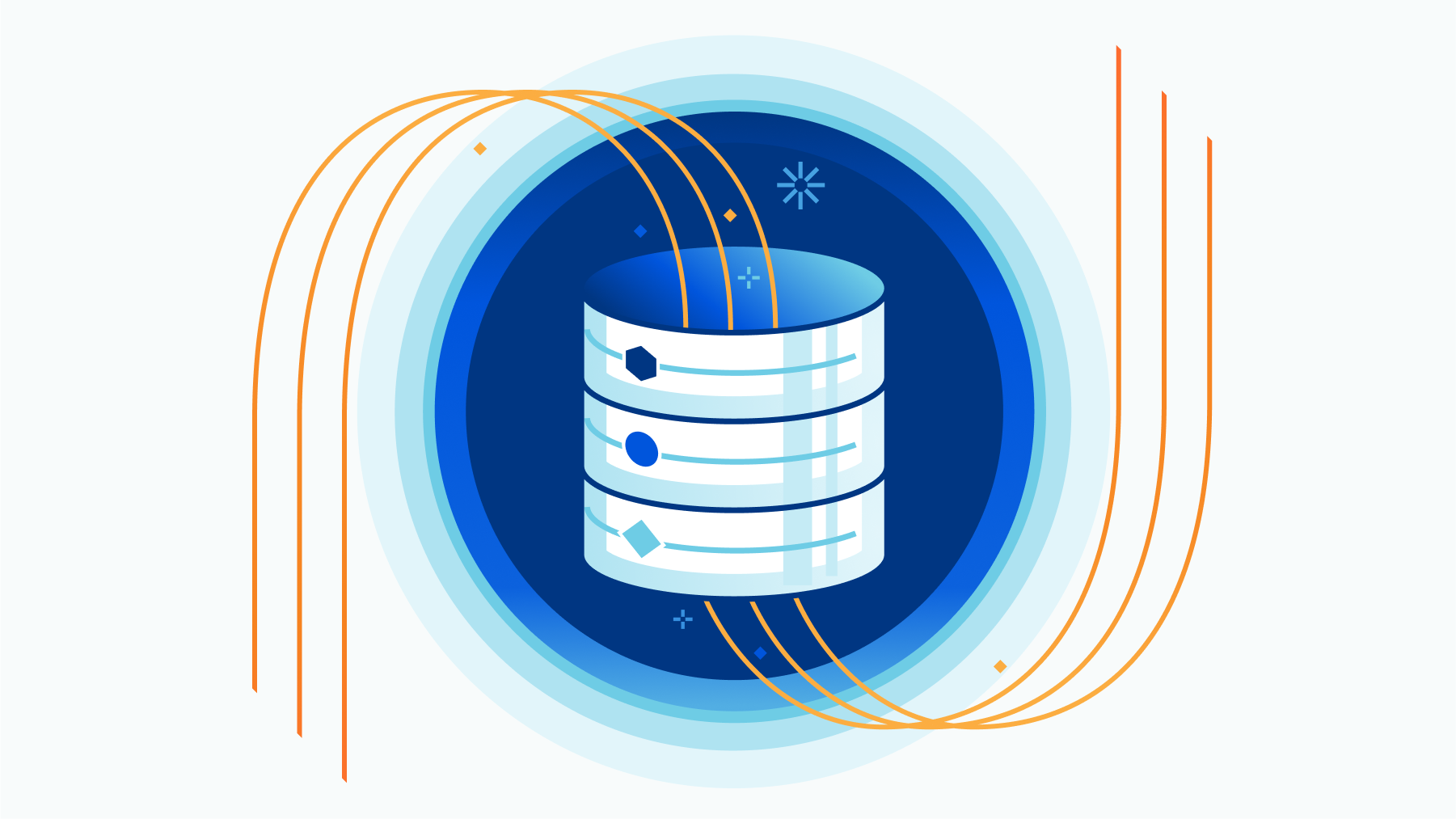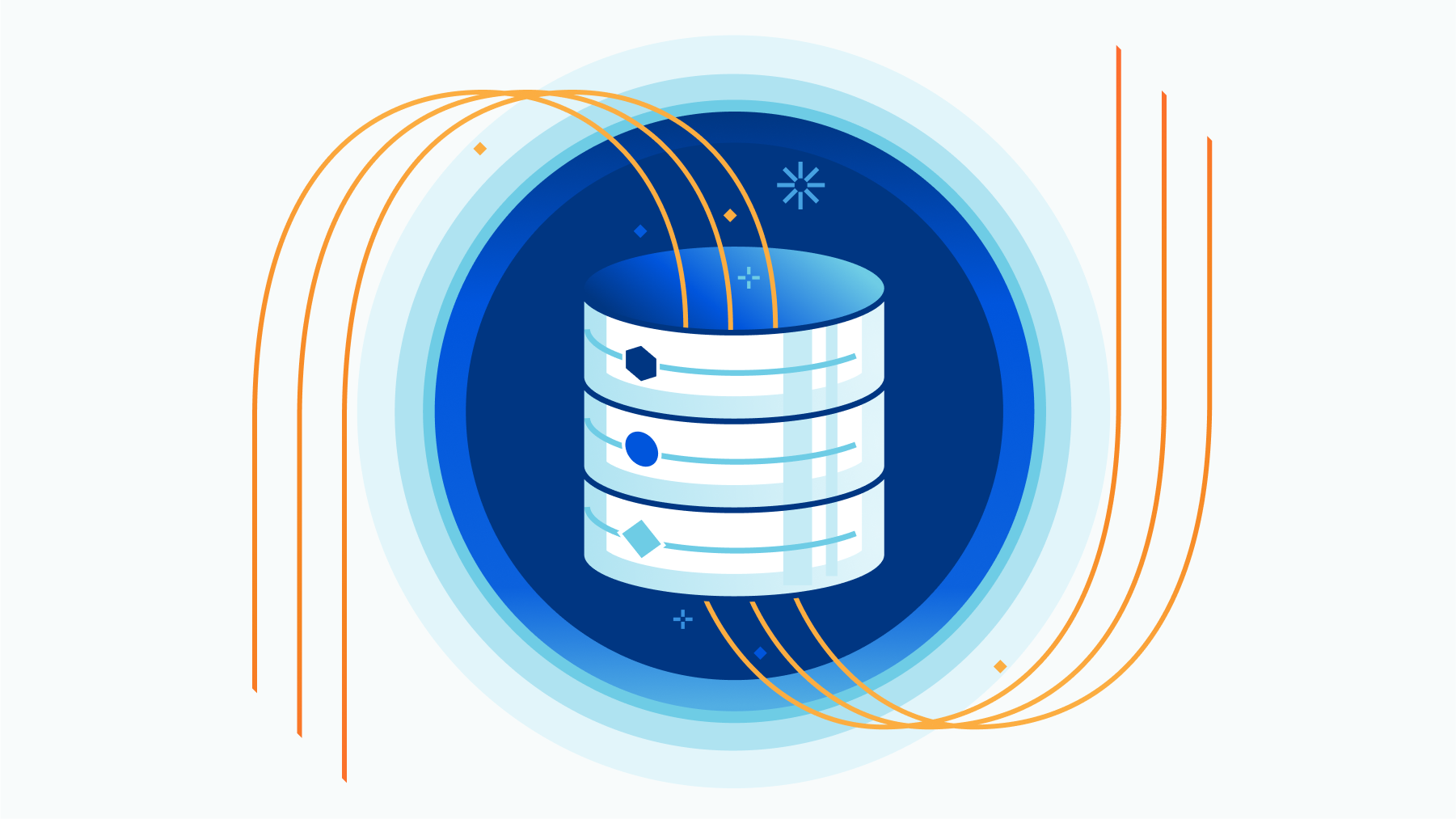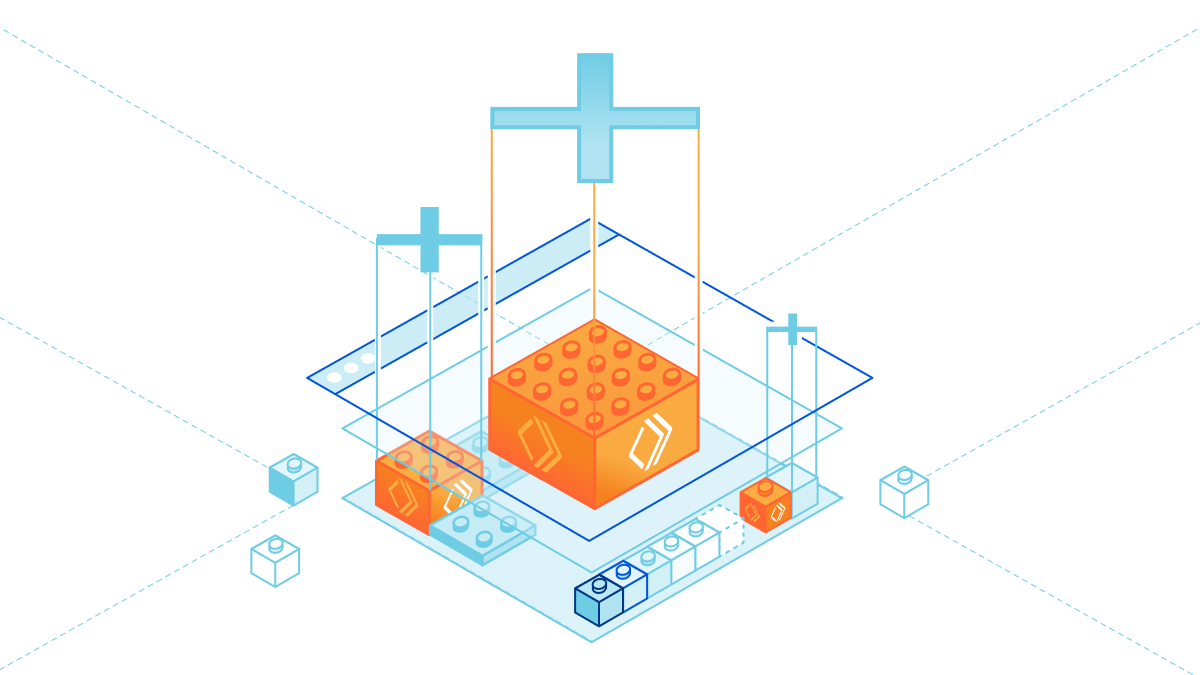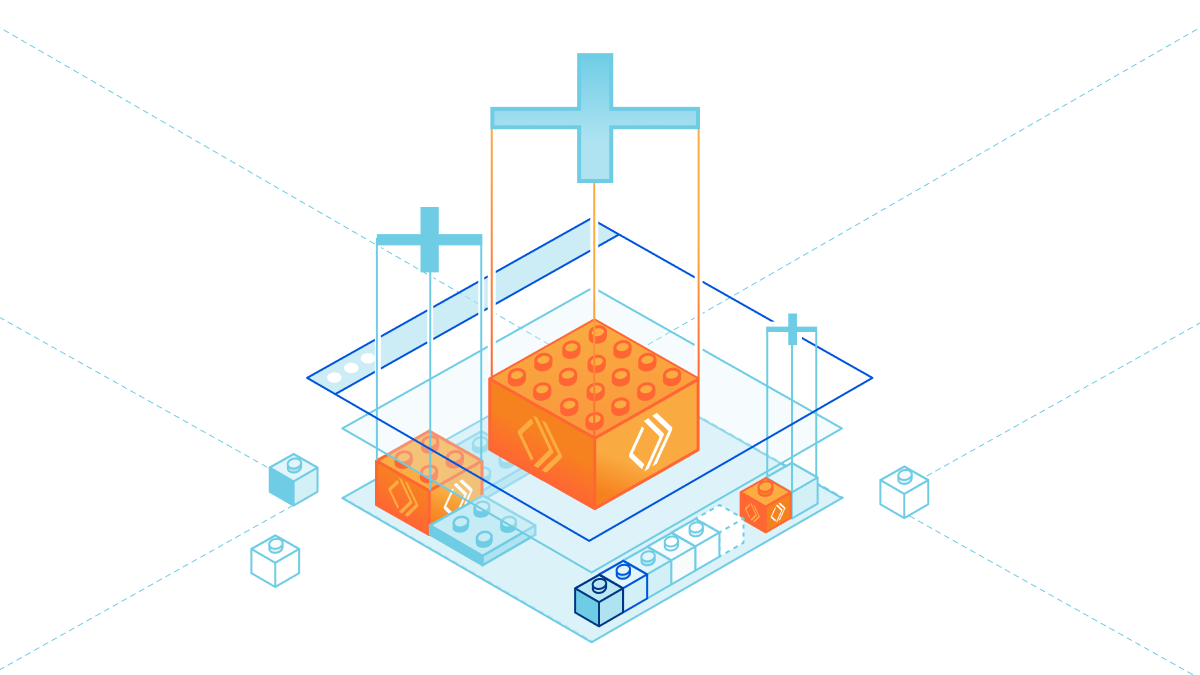Multihoming Cannot Be Solved within a Network
Henk made an interesting comment that finally triggered me to organize my thoughts about network-level host multihoming1:
The problems I see with routing are: [hard stuff], host multihoming, [even more hard stuff]. To solve some of those, we should have true identifier/locator separation. Not an after-thought like LISP, but something built into the layer-3 addressing architecture.
Proponents of various clean-slate (RINA) and pimp-my-Internet (LISP) approaches are quick to point out how their solution solves multihoming. I might be missing something, but it seems like that problem cannot be solved within the network.



